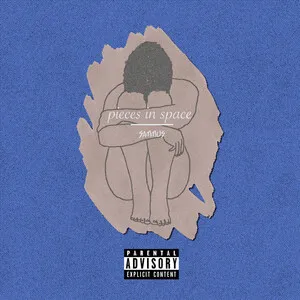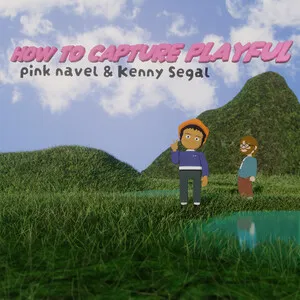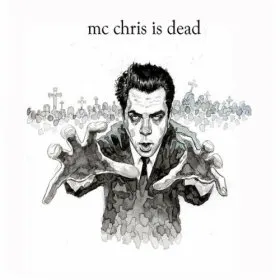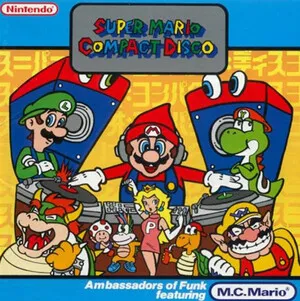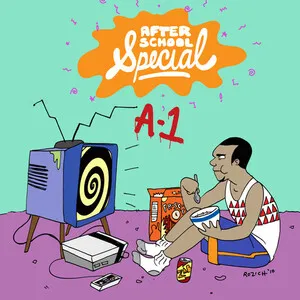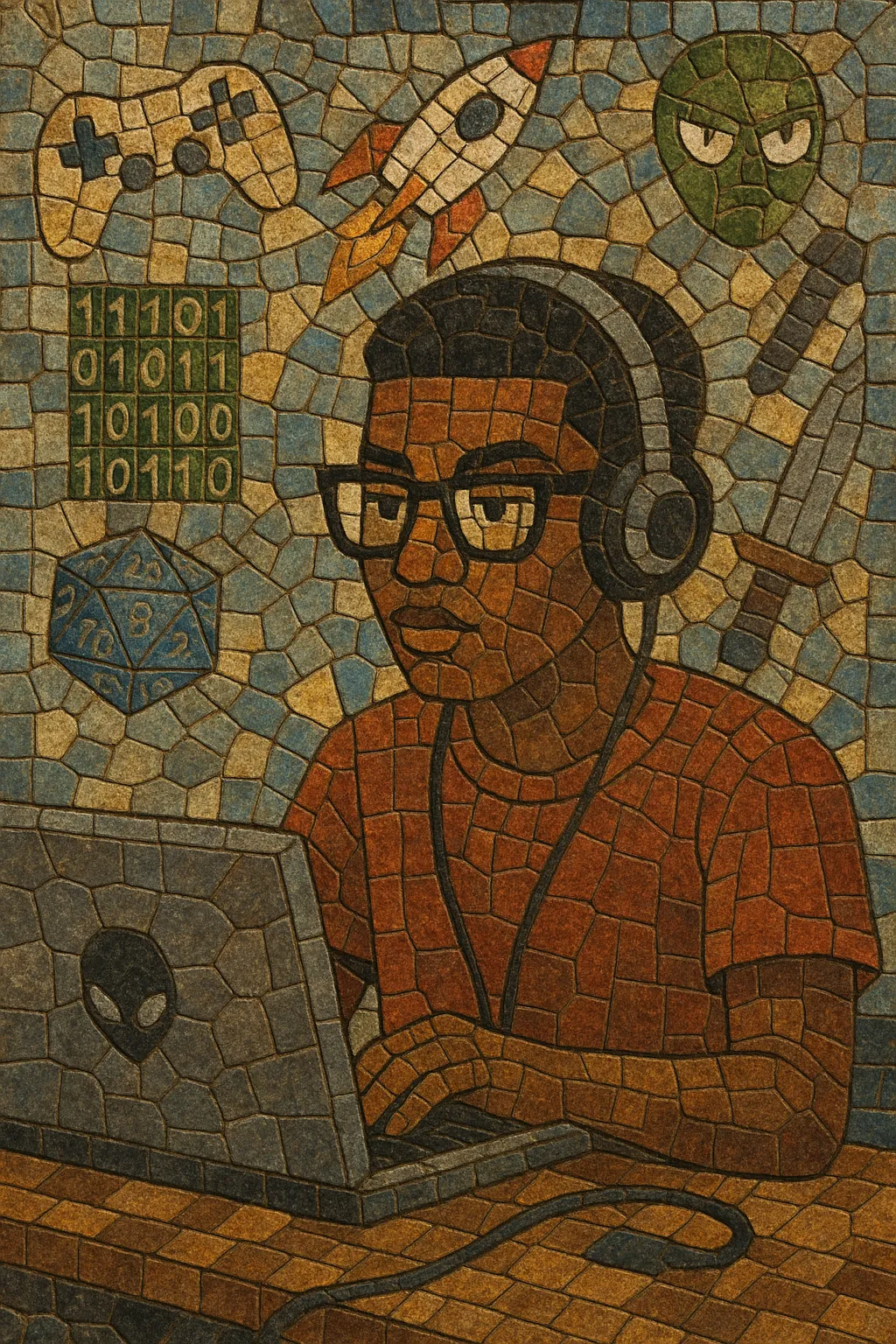
Nerdcore hip hop is a lyrical subculture of hip hop defined by its unabashed embrace of geek and fandom subjects—video games, programming, sci‑fi and fantasy, comics, anime, tabletop gaming, internet culture, and academic topics.
Musically, it uses the production vocabulary of hip hop—boom‑bap drums, sample‑based loops, or modern trap‑leaning beats—often flavored with chiptune textures and retro game samples. The delivery prioritizes clear diction, dense wordplay, humor, and deep‑cut references that reward knowledgeable listeners.
The genre emerged online in the early 2000s as independent artists shared MP3s, built communities on forums and webcomics sites, and toured fan conventions, making it one of the first internet‑native rap movements.
Nerdcore hip hop coalesced at the turn of the millennium, when independent rappers began releasing songs online that centered on geek culture. MC Frontalot’s tongue‑in‑cheek track “Nerdcore Hiphop” (2000) helped label the movement. Early adoption of MP3 distribution, forums, and webcomic communities (notably around Penny Arcade) provided a natural audience, while performances at gaming and fan conventions gave artists a live circuit beyond traditional clubs.
Throughout the mid‑2000s, compilation projects and online hubs circulated tracks and fostered collaborations among artists scattered across the U.S. and beyond. The documentary “Nerdcore Rising” (2008) chronicled this scene and introduced it to wider audiences. Acts frequently toured conventions (PAX, Comic‑Con–adjacent events) where listeners already shared the lyrical subject matter.
Production ranged from classic boom‑bap to electro‑influenced beats, with frequent use of 8‑bit/16‑bit game sound palettes and references to chip music. Lyrically, performers embraced humor, technical jargon, puns, and narrative songs about coding, MMOs, comics, and science. In the 2010s, the sound diversified—some artists leaned into trap tempos, live bands, or chiptune‑heavy “chip‑hop,” while thematic scope broadened to include personal storytelling and social topics through a nerd lens.
Bandcamp, YouTube, Twitch, and social media made direct fan engagement central to the genre’s economy. Nerdcore’s tight link to fandom culture kept it resilient, with artists continuing to release concept albums, collaborate with game/anime communities, and perform at conventions worldwide.

%2C%20Cover%20art.webp)
